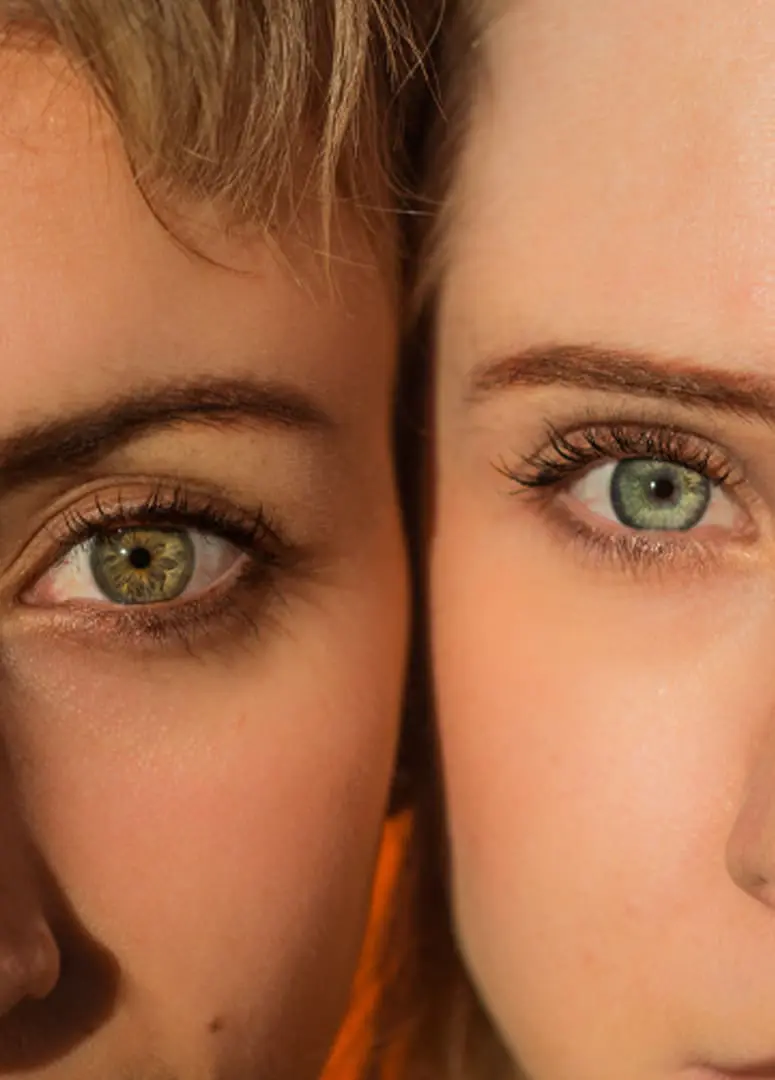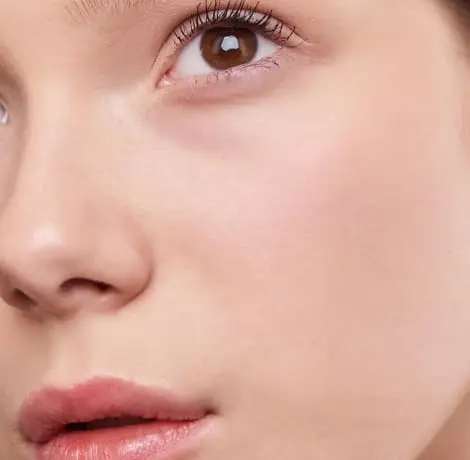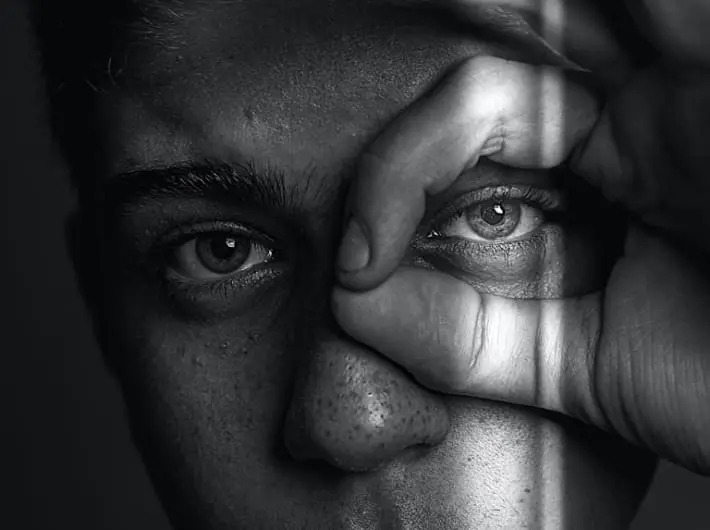

Treatment at a glance
Treatment Time
Treatment dependent
Anaesthetic
Treatment dependent
Downtime
Treatment dependent
Price
Treatment dependent
Key Benefit
Improved quality of vision


Each treatment option is clinically proven and aims to greatly improve a person’s vision – and their quality of life. The specific procedure that a person requires is dependent on their individual circumstances; taking into account the stage of progression, the patient’s age and any relevant lifestyle factors. At Prema we’ll always consider non-surgical options before the surgical ones, which may involve undergoing a corneal transplant.
Many people require the use of glasses (spectacles) to help them see clearly; whether that’s for near vision, distance vision or a combination of both. It is often the case that their quality of vision continues to decline at a steady rate, and their optical prescription changes. A keratoconus treatment may be recommended when the cornea has thinned to a point where glasses are no longer providing functional vision.
What are the benefits of Keratoconus Treatments?
- Slows down the progression of keratoconus
- Helps to prevent visual loss
- Improves quality of vision
- Improved functioning of the cornea


How Is It Performed?
The way each procedure is performed will depend on the option that is recommended
How Is It Performed?
The way each procedure is performed will depend on the option that is recommended














